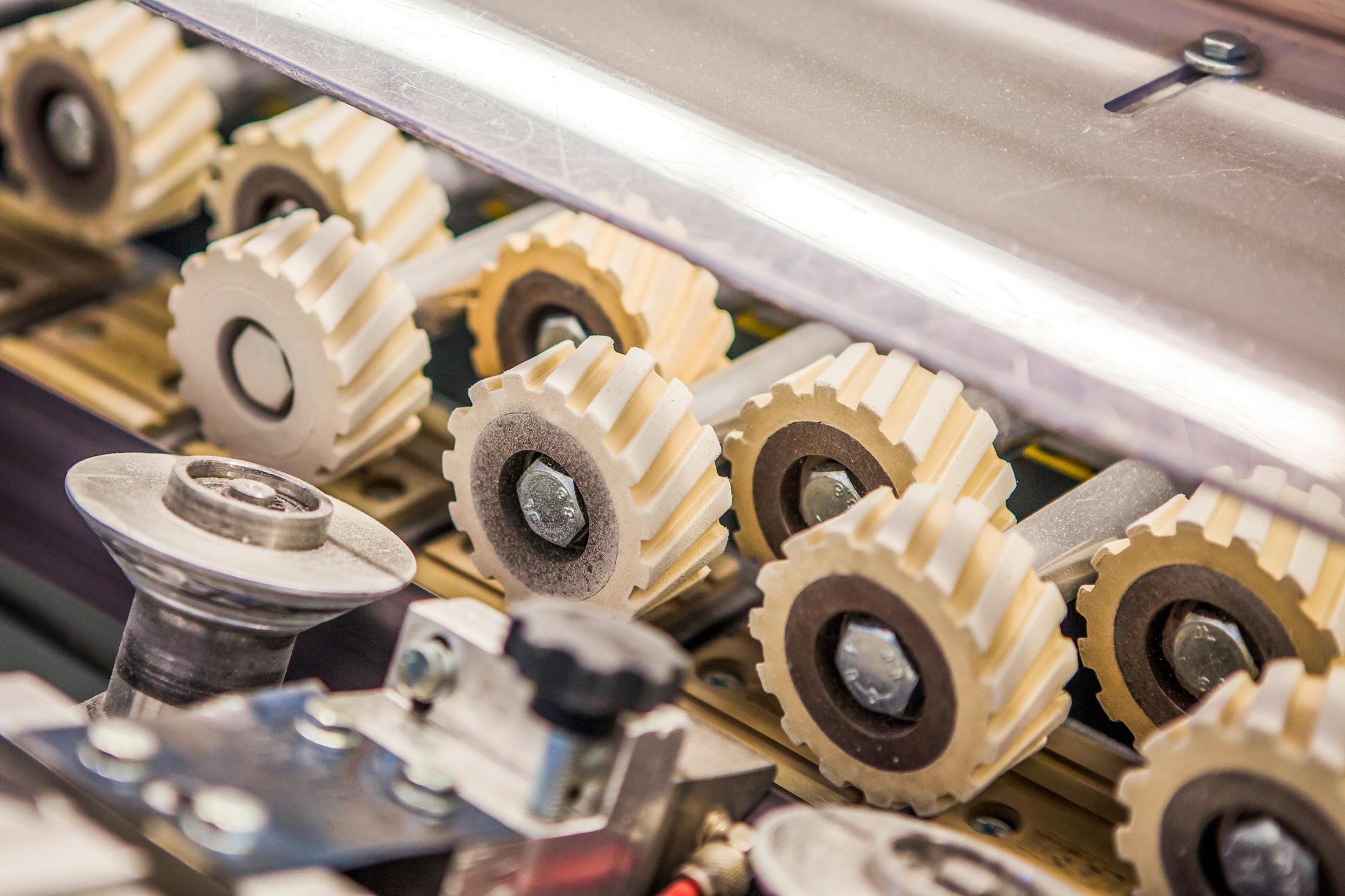What Automation Really Means for Light Industry Staffing
The impact of automation lies in technology adoption, not innovation
When it comes to predicting which jobs will eventually be lost to automation, the light industrial industry seems to be the target. For certain tasks along the assembly line, robotics in some form or another could potentially make sense from a cost and efficiency standpoint. But how far away are we, really, from this reality? What effects would it have? And what should manufacturing companies do to prepare?
I recently read a new article, Slow Motion Automation, that covers the evolution and adoption of different types of automation, from robotics to self-driving vehicles. Because of the impact of technology across all industries and jobs, the author claims there’s no longer a difference between blue- and white-collar workers, as we’re all “silicon-collar workers.”
So, are robots really coming for our LI jobs? The answer is not really, at least not for quite some time, because the adoption rate for these new technologies is far slower than the evolution of the innovation itself.
The author identified five “circuit breakers” responsibility for the lagging adoption rate, but one stood out as being particularly important to the future of the LI staffing industry. He calls it “unintended consequences” and says that automation will lead to more jobs, not less. As examples, he shares how “email and e-commerce may have reduced the demand for the delivery of letters, but they have not killed off the U.S. Postal Service. In fact, e-commerce has created an entirely new category of postal jobs related to delivering items ordered online. The robots at the mail marketing company Valpak and those at the distribution centers of Amazon and other companies help keep more than 600,000 postal employees busy.”
What does this mean for the manufacturing industry? The short answer is that it will remain business as usual. That being said, there are a few ways that companies can prepare.
- While we can’t predict what the “unintended consequences” will be, companies can and should be prepared to re-imagine what jobs could look like when more automation technology is adopted.
- Companies should get a clear sense of their efficiency and cost challenges and where their workforce is most impactful and critical. Not all technology is a fit for each specific manufacturer.
- Be mindful of successful strategies outside of manufacturing. While the point above is true and each company should evaluate fit for themselves, there are lessons to be learned from others.
While all of these suggestions will help you prepare for the next evolution of staffing, keep in mind that true innovation comes from a collaborative relationship between workers and business owners. We believe in the power of people to elevate the workplace in a way that robots simply can’t.







